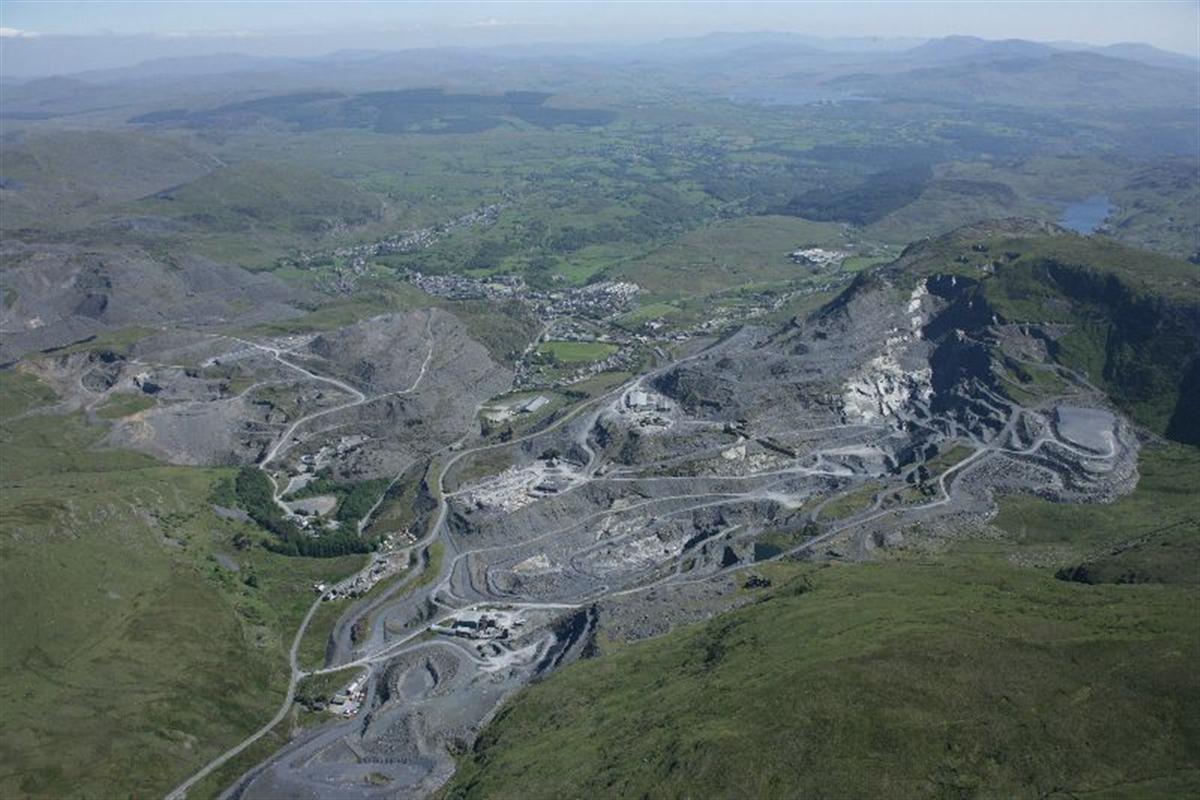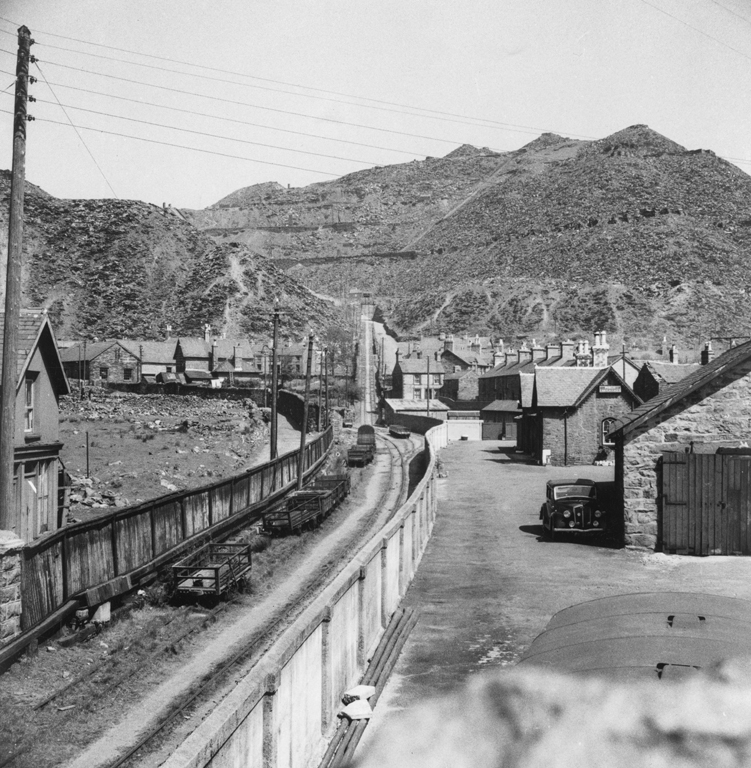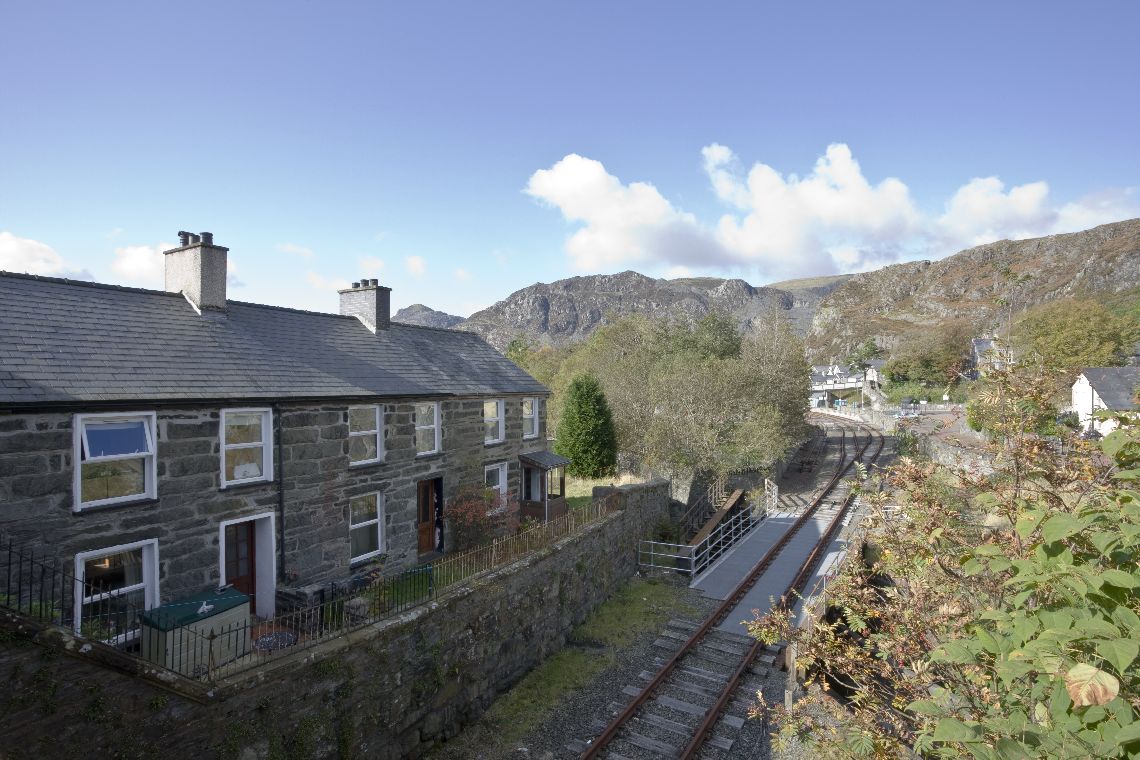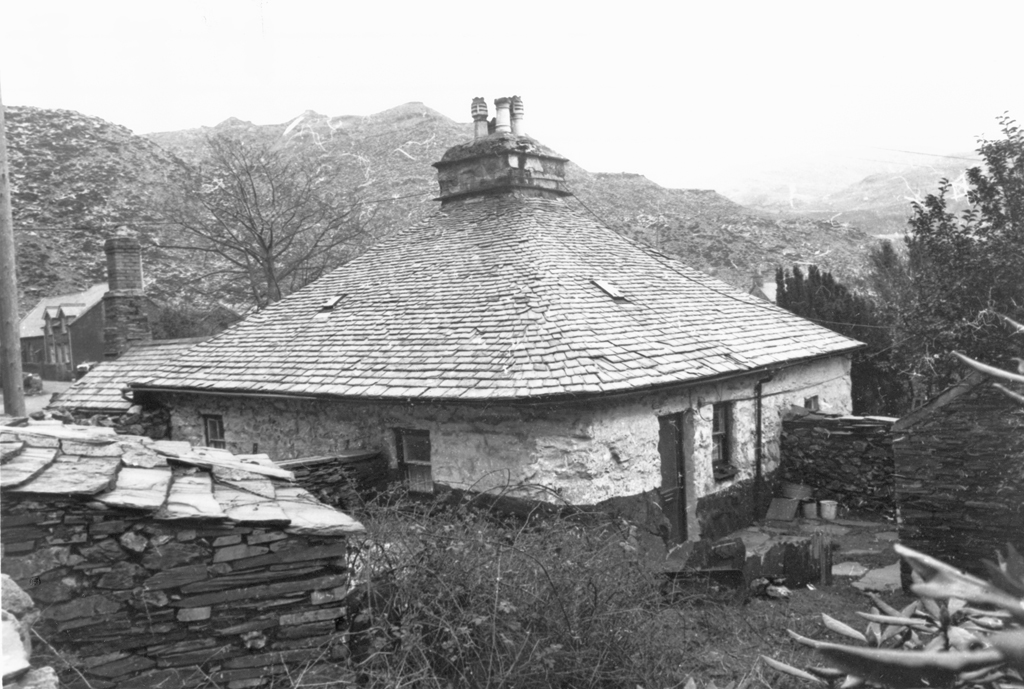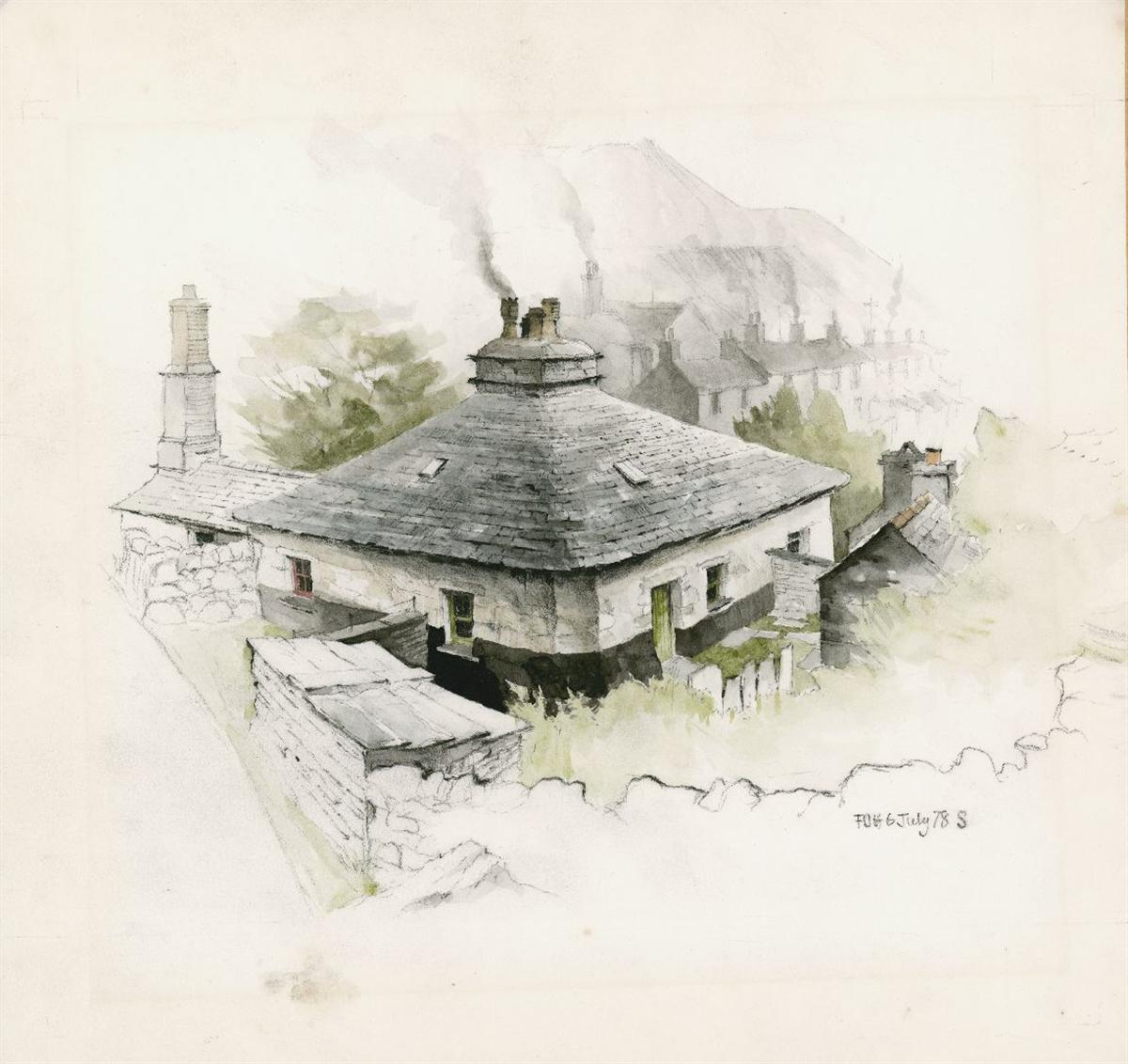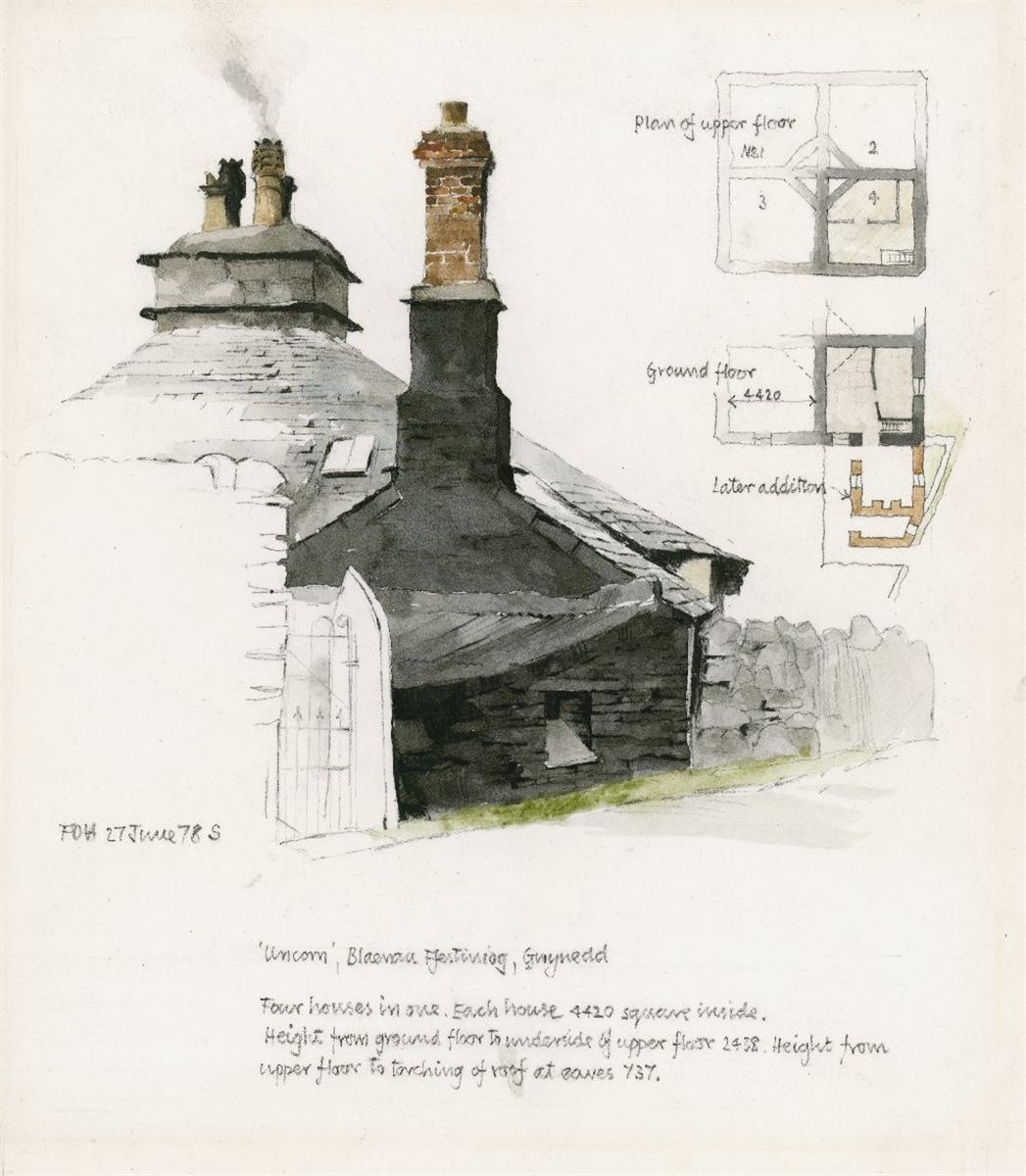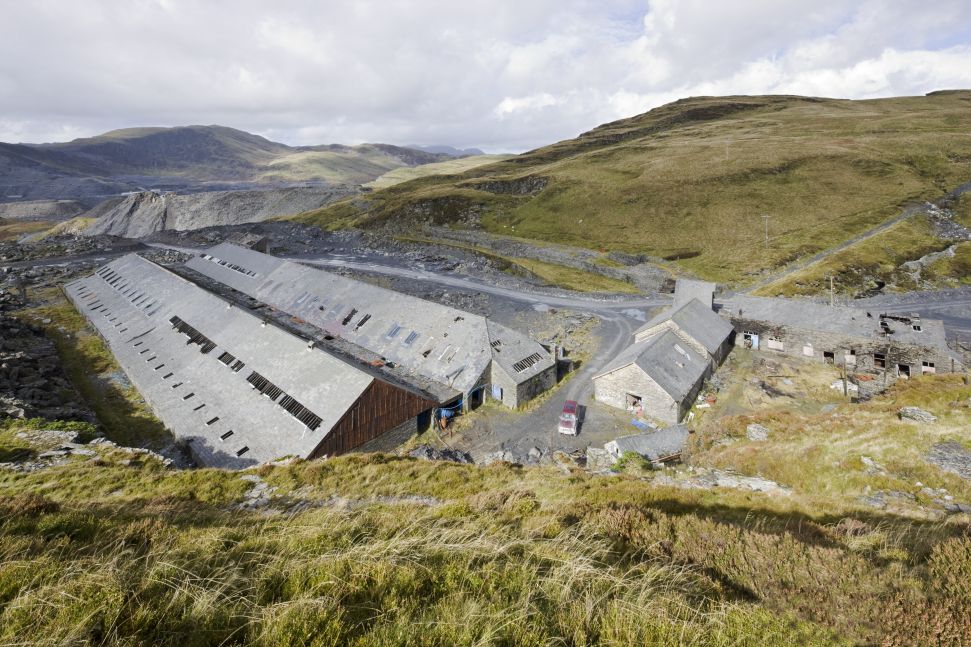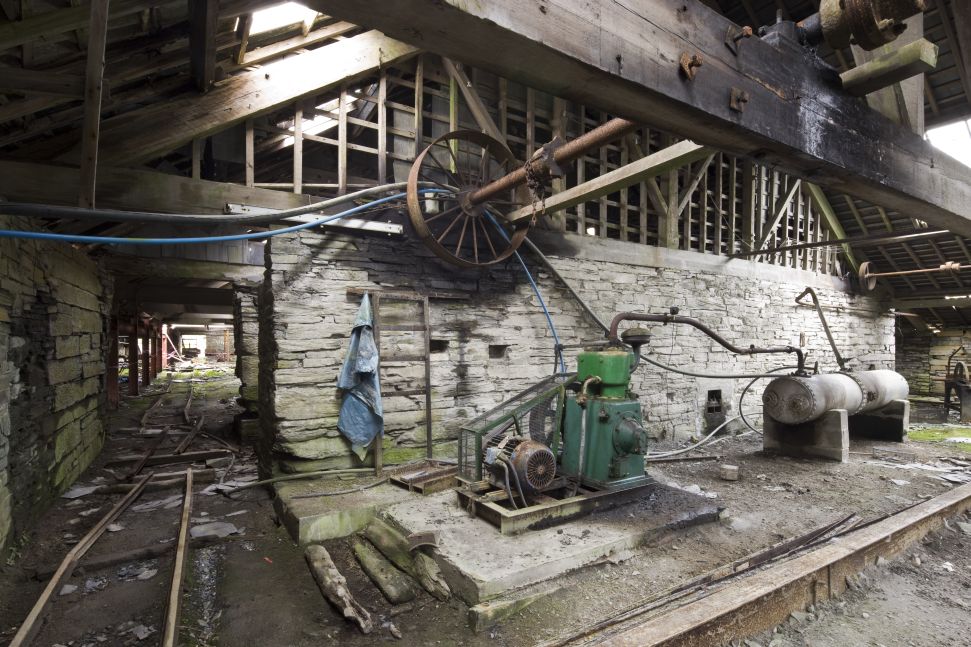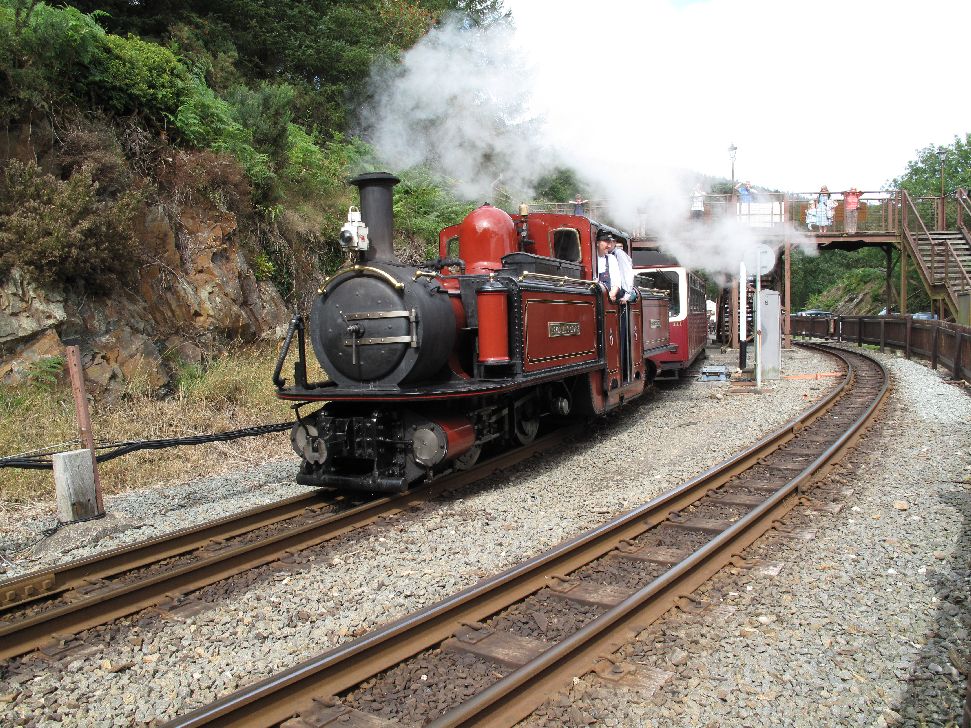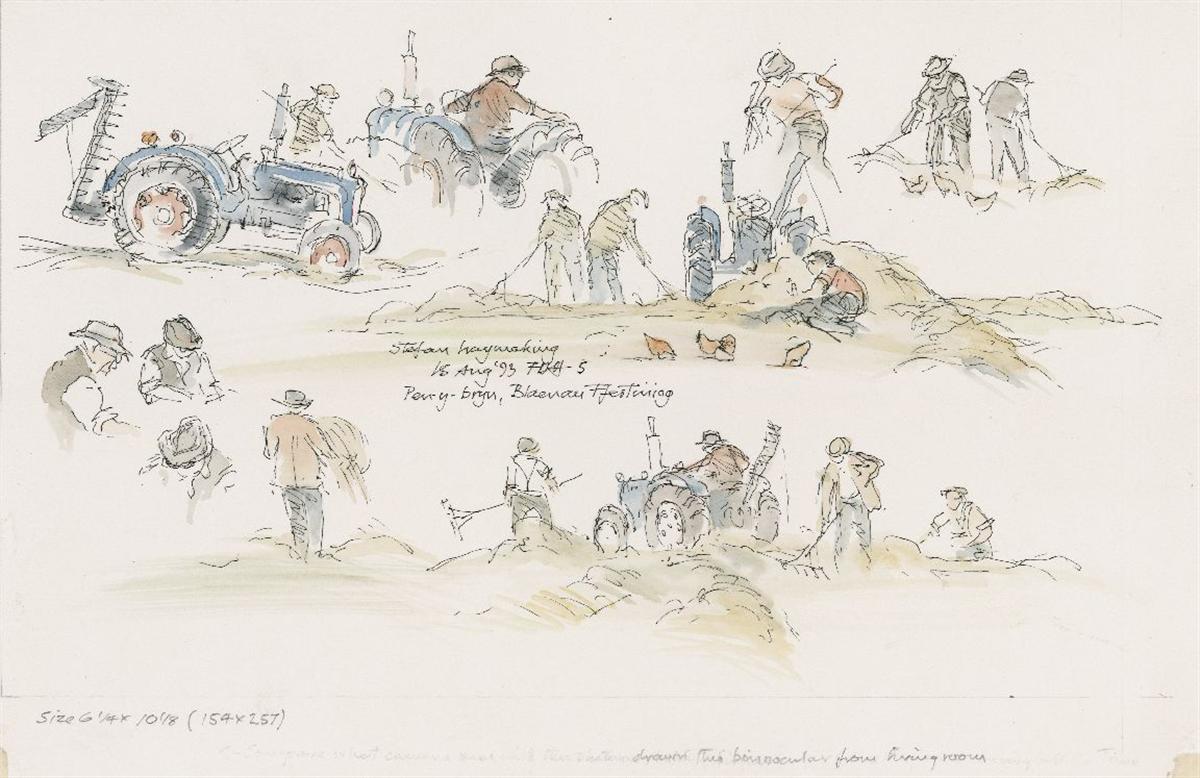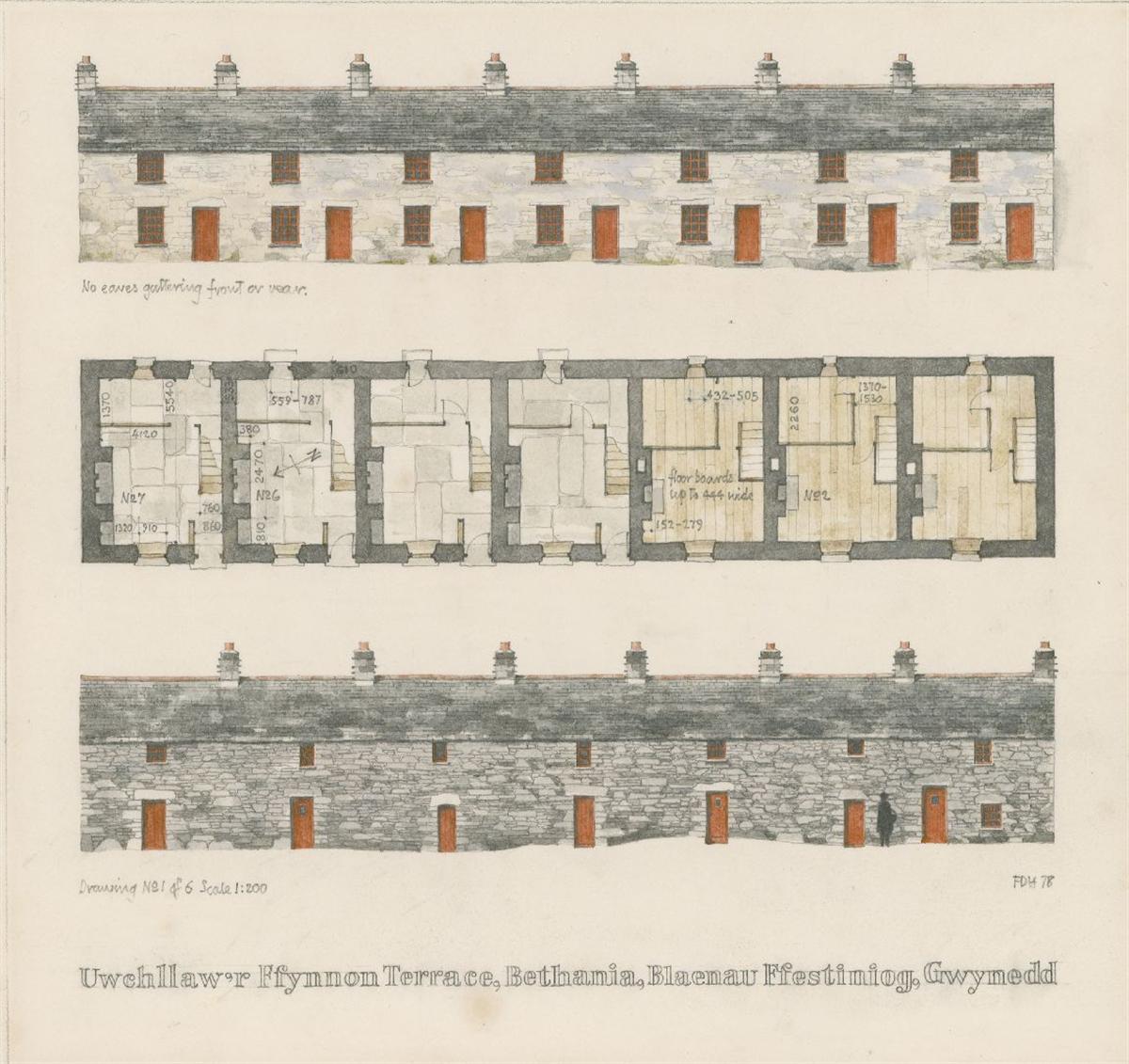Blaenau Ffestiniog - Overview
The origins of Blaenau Ffestiniog are deeply rooted in the expansion of industrial slate quarrying in the first half of the nineteenth century. Before then, this upland area was only sparsely populated with a few farmsteads scattered across the mountainsides.
Small-scale quarrying of slate began in the 1760s, but the first industrial quarrying started in three locations on Allt-fawr. Taking place under a number of different companies, the surface slate was exhausted by the 1840s and so underground mining started. In 1878, the landowner of Allt-fawr, W. E. Oakley amalgamated the quarries into a single business, Oakeley Quarry, the largest underground slate mine worldwide. From then onwards, slate mines and quarries sprang up in rapid progression across the landscape, with major quarries at Llechwedd, Maenofferen and Votty & Bowydd.
With the boom of the 1860s and 1870s, which increased the demand for safe transport of the finished slates to the distribution harbours as well as bringing in the required workforce, new roads were built to the quarries. The focus moved from the small mining settlements in the valley to expanding the town of Blaenau Ffestiniog. The town plan still shows a distinct grid structure which harks back to the strategic development of the town with its squares and terraces, and the first school, church and chapels were also constructed. Whereas just under 3,500 people lived in Blaenau Ffestiniog in 1850, by 1881, this number had increased to over 11,000.
When the German adventurer and world traveller Sophie Döhner visited in the early 1900s, the sight of the town came as a great surprise to her as she found almost every item of use made of slate: houses, roofs, stairs, fences and even the pavement. At that time, the production of slate in Blaenau Ffestiniog was just starting its drawn-out industrial decline as cheaper materials became available elsewhere. With the closing of the slate quarries after the Second World War, the quarry workers moved away again and today the population of Blaenau Ffestiniog is roughly the same as in the late 1850s. The tourism industry is now the largest employer as the old, disused quarries and mines are redeveloped into museums and adventure sites, such as the world’s largest underground trampoline experience.
Accounts of Travel
"Aus dem Berglande von Wales", c. 1900
Sophie Döhner (1844 – 1933)
Während des Aufenthaltes besieht man sich die kleine Stadt und die riesigen Scheiferbrüche, welche sie umgeben. Der Betrieb ist hier bergwerksartig von innen; aber auch von außen kann man die hinaufführenden Treppen und die Unmassen der Schieferabfälle sehen. Alles ist hier aus Schiefer, die Häuser, die Treppen, die Zäune, die Fußplatten der Straße. Eine Schmalspurbahn, ursprünglich nur für den Transport des Schiefers an den Hafen Port Madoc, mit nur sechzig Zentimeter Spurweite, wurde später auch für den Personenverkehr geöffnet; diese Toy Railway führt immer dicht an der Felswand dreizehn Miles in einer Stunde hinab.
During the stay, one explores the small town and the gigantic slate quarries surrounding it. They are operated like mines, but already from the outside stairs leading uphill the piles and piles of slate debris can be seen. Everything here is made of slate: houses, stairs, fences, the flagstones on the street. A narrow-gauge railway with a gauge of only 60 cm was originally intended for transporting the slate to the harbour in Porthmadog, but opened later for the transport of passengers as well. This toy railway runs 13 miles down to the town closely along the rock face and within an hour.
